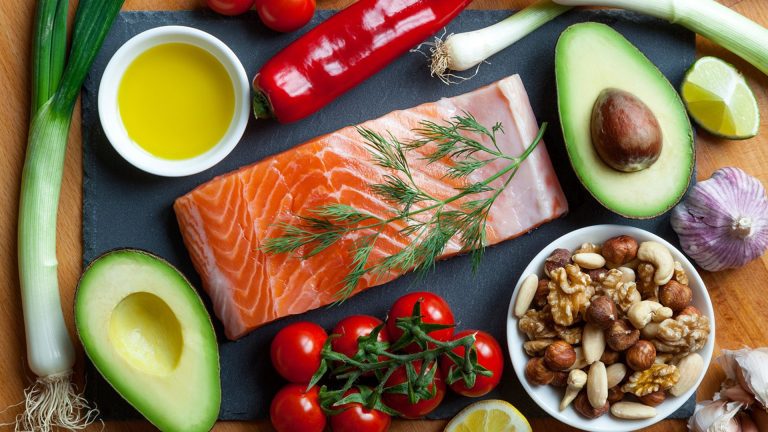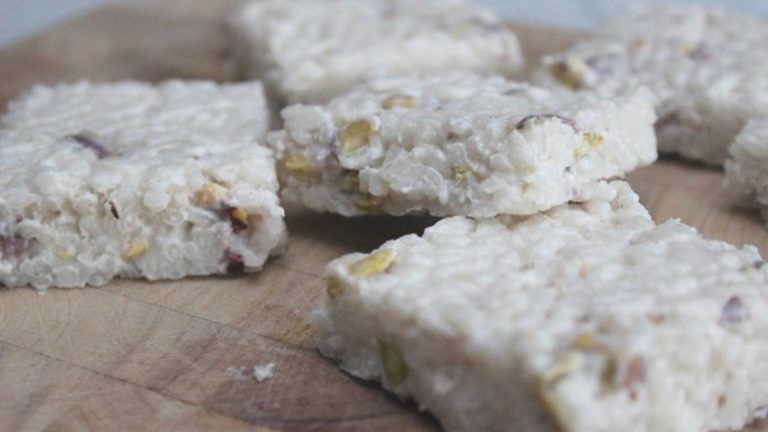Words by Alexandra Thomas
In October 2017, I signed up for the Army as a nurse and I realised that I needed to be able to run 1.5 miles without being reduced to a wheezing mess! Unfortunately, my application was declined but this, in turn, gave me a massive incentive to achieve another big goal, to complete an Ironman triathlon, and so, this is how my Ironman journey began…
Ironman 140.3 involves a 2.4-mile swim, 112-mile bike ride and 26.2-mile run which I will be tackling on 9th September in Tenby. Safe to say, I’m more than comfortable running 1.5 miles now!
A Whistle Stop Guide to your First Triathlon
During the past 7 months, I have learnt many lessons about endurance sports training, mental attitude and my body. I will be sharing some of the most valuable lessons I have learnt as a first time Ironman athlete to help you to achieve your endurance sports goals.
Build up Slowly

The initial stages of training will be tough as your body hasn’t yet adapted to the intensity and duration of the activities you are now subjecting it to.
At this point, it is very important that you do not rush into the training like a bull at a gate! Take your time to increase the amount of training you are doing gradually as well as the intensity. You will feel fatigued and sore so make sure you recover properly and eat enough of the right food to help your body support the amount of physical effort being undertaken.
By gradually building up the level of exercise you are doing, you will strengthen your muscles, tendons and ligaments as well as increase bone density to allow your body to withstand the impact of your challenge, in my case, a triathlon. By strengthening your body over time you reduce the risk of injury as well as allowing your body to adapt so that you feel less fatigued.













